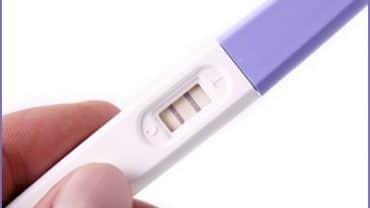Cesarean – When is a Cesarean Delivery Necessary
When pregnant women think about childbirth, they rarely envision having a c-section. Most assume they will deliver vaginally, although with the United States’ cesarean rate at an all-time high, the odds are good that you may, in fact, have a c-section. If you’ve had a previous cesarean, you are much more likely to have another, with a decline in vaginal birth rates following previous c-sections. A recent study found that 47% of moms who’ve had a previous c-section aren’t even considering a vaginal birth the next time. Also, pre-planned or “elective” c-sections are becoming more and more common, when many times there is no identifiable medical reason. Cesareans are the most common surgery performed and it’s believed that between 25- 50% are unnecessary. More below:
If you live in the United States, there is about a one in four chance your baby will be delivered by cesarean, which is a very steep rise since 1970, when only 5% of all deliveries were by cesarean. In the late 1980s and early 1990s, there was an overall decline in the number of cesarean deliveries in the U.S.
In the mid 1990s, the rates began to increase rapidly. From 1999 through 2001, the percent of “elective” c-sections grew from about 1.56% to 1.87%, which is a 20% rise. In 2002, cesarean deliveries increased by 67% among low-risk women. Low-risk, first-time moms who were 40 and older were more than five times more likely to have a c-section than first-time moms between the ages of 20 and 24. In 2002, the number of vaginal deliveries was less than 3 million, while the number of cesarean deliveries were about 1.1 million (approximately 634,000 were first time c-sections and 409,000 were repeat c-sections). Now the rate has jumped to well over 27% of all deliveries in the United States, which translates to about 27 c-sections for every 100 births. Some hospitals have a staggering cesarean rate of over 50%!
Why the increasing cesarean rates? It is believed that the rates of c-sections among women in the United States are on the rise for a number of reasons including: increasing age of pregnant women, more underlying conditions such as diabetes and hypertension, for convenience purposes, fertility treatments yielding more twins and triplets, improved fetal monitoring (which has made it easier to tell if the baby is stressed), as well as liability reasons for doctors and hospitals, who may feel as if their risk of being sued is greater if complications occur during a vaginal delivery.

